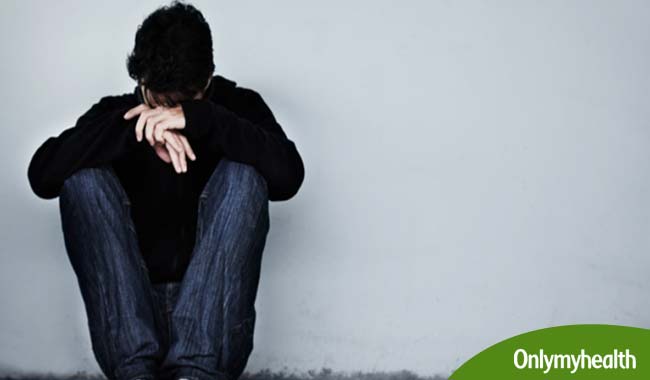
All of us feel sad or stressed once in a while but the feeling usually fades after some time. A feeling of low mood, if persists, interferes with daily life. Depression can affect functioning to such an extent that both the patient and people close to him or who care about him get affected because of it.

When you hear the word depression, it seems to be a single disease but there are several forms of depression. Major depressive disorder and dysthymic disorder are the common forms of the depressive disorder.
Major depressive disorder
Major depressive disorder or major depression can be very disabling. It can affect every sphere of a person’s life such as sleep, ability to study, work, eat, and other activities. This disorder can recur again and again after successful treatment of a particular episode of illness.
Dysthymic disorder (dysthymia)
Dysthymic disorder or mild chronic depression is not disabling such as major depressive disorder. The patient can have symptoms for a long time; for even years but may never seek treatment. But it can affect normal functioning and the person may not feel well. A person can be affected with dysthymia only once during his lifetime, or can also have recurrences.
Psychotic depression
People affected with psychotic depression have symptoms of severe depression along with associated symptoms such as hallucinations, delusions, and/or withdrawing from reality.
Postpartum depression
Postpartum depression or postnatal depression is not the same as 'baby blues' which occur for a short period of time after giving birth. If a woman develops a major depressive illness within a few weeks of delivery then it is likely to be postnatal depression. According to experts many women experience postnatal depression (about 10% to 15% of all pregnancies) but many of them are not diagnosed and treated.
Seasonal affective disorder (SAD)
SAD is much more common in colder countries (countries farther from the equator). In these countries after summer, the duration of sunlight decreases considerably and there are more dark hours. People with SAD develop depressive illnesses during the winter months and are well during spring and/or summer.
Bipolar disorder
Bipolar disorder or manic-depressive illness is less common than major depression or dysthymia. These patients experience moments of extreme highs (mania) and extreme lows (depression).
Image Source: Getty
Read Next
How to Save Money on Food Shopping
How we keep this article up to date:
We work with experts and keep a close eye on the latest in health and wellness. Whenever there is a new research or helpful information, we update our articles with accurate and useful advice.
Current Version